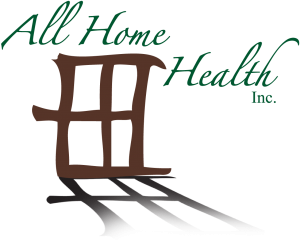If a loved one is unable to do their daily tasks without help, it’s time to start looking for resources that can assist them. A long-term care insurance provider, home care agency, adult day care center, or assisted living facility will first inquire about the senior’s ability perform activities of daily life (ADLs). What are ADLs and why is it important?
What are the Activities of Daily Living?
The long-term care industry has its own jargon, as does every other field. The term “activities of daily life” is often used in the care industry. Activities of daily life are the skills required to care for yourself and provide basic support in six areas: dressing, washing, toileting and continence.
What do Activities of Daily Living Mean?
ADLs can be used to indicate a person’s functional status. However, functional abilities of seniors may not be the same in all six areas. One person might be completely independent, need minimal or moderate help, or totally dependent on another person in any given area. These details help to determine how much senior care is required and what support services should be included.
What effect does age and health conditions have on one’s ability to perform ADLs?
A decline in ability to do ADLs can often be due to a medical condition, or weakness that has grown with age. Family members often notice secondary signs that a loved one is having difficulty performing ADLs, such as changes to their routines or appearance. These red flags are usually a sign that there is something more serious going on.
Ageing can cause physical impairments or decline in healthy people. Seniors may also have trouble performing ADLs due to health conditions such as those that affect the musculoskeletal or neurological, circulatory, sensory, and/or circulatory systems. Self-care can also be made more difficult or unsafe by other factors such as isolation, medication side effects, and the characteristics of senior’s homes.
If an older adult wears the same outfit every time they see you, it could be because they are less flexible or have lost the dexterity to adjust and fasten other clothing items. Changing from traditional clothing to adaptive clothing may allow you to dress more independently. Bottoms with elastic waistbands, shoes that have Velcro fasteners, instead of laces and buckles, or shirts that have magnetic front closures may be possible. These symptoms could also indicate a change in balance, coordination, or energy levels, as well as a need to assist with dressing.
A significant change in hygiene habits is another common example. A fear of falling in the bath or shower could lead to a senior not bathing as often. The solution is as simple as installing safety measures at home, such as grab bars, nonslip flooring mats, or a shower chair. If home modifications and durable medical equipment do not resolve the problem, then a family member may aid or bath visits by a home healthcare aide.
Seniors want to keep their independence if possible. They may be reluctant to disclose that they are experiencing increased difficulty. Some seniors may be afraid of having to leave their comfort zone and home. An honest assessment of the abilities and inabilities of an older person to perform ADLs will allow us to create a personalized care plan that will allow them to live as independently and safely as possible, while still meeting their needs.
Why are ADLs important?
The quality of a senior’s life is directly affected by their functional status and ability to take care of themselves. While changes in ADLs may be due to underlying medical conditions, failing to recognize them can lead to a vicious cycle of mental and physical health problems. Insufficient assistance with daily activities can result in malnutrition, poor hygiene, isolation, and illnesses such as UTIs (urinary tract infections) and falls. Studies have shown that ADL impairments are linked to a higher risk of mortality. Assisting seniors with their daily needs can prevent them from developing new or worsening health problems, lower overall costs, and delay or even eliminate the need to go into institutional care. It is important to consider the functional capabilities of seniors when making care decisions.
